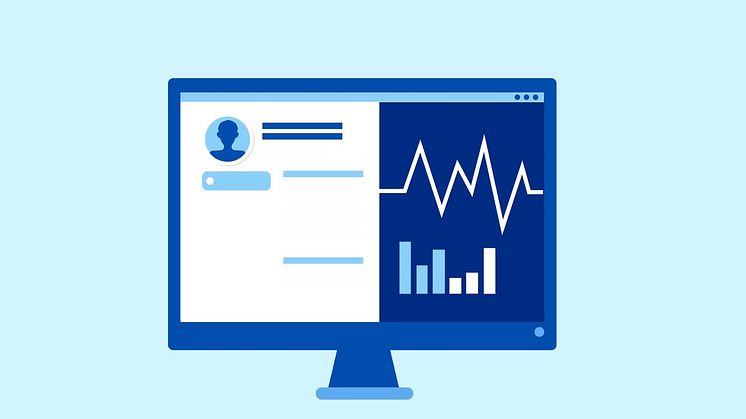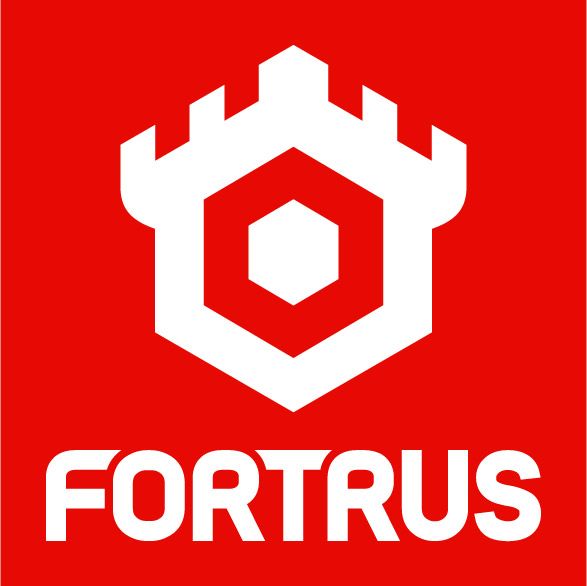Blog post -
Common Challenges faced with paper based systems and the benefits of going digital
An Electronic Patient Record (EPR) provides clinicians with desktop access to patient health records at the point of care, enabling numerous benefits to be delivered, including more efficient access to patient information for clinicians. However, merely digitising case notes, without restructuring or indexing them will undoubtedly have a negative impact on clinical efficiency and effectiveness.
Creating a true EPR from the restructured physical case notes, with indexing applied to at least some clinical form-types, is the only way to ensure clinical usability and therefore deliver the anticipated benefits.
To achieve this, working with Clinicians to agree key clinical document types that are regularly accessed, is essential.
The most common challenges faced with paper based systems
For decades, the healthcare industry has recognised that their current system of paper-based patient records is not sustainable. A typical hospital maintains about 45 million individual paper documents that must be stored and archived in a searchable manner. For this purpose, many hospitals employ the services of storage facilities, often at substantial cost.
In researching the most common challenges faced by hospitals, Fortrus learned the following:
- Although most hospitals now have an electronic patient administration system (PAS), there is little or no integration with other clinical systems and the system is typically not used by clinicians.
- There is increasing pressure on hospitals to provide effective cost savings, reduce patient waiting times, and improve the patient experience.
- Much inefficiency is due to patient information not being readily available, for example tests are repeated because the previous results cannot be accessed or available in the paper notes.
- Although some medical documents are being scanned, the way in which scanning is used still requires that the original documents be kept for legal purposes, thus not alleviating the storage problem.
- Overall, clinicians want to be consulted and involved in the specification of a solution, because they will be the ones using it.
These are all challenges that require careful consideration from the outset of any digitisation process and should be clearly included within the planning stage of any project implementation.
NHS organisations can save money and boost efficiency by investing in technology that is right for them, investment in the right technology will play a key role in addressing the NHS efficiency challenge. However, there is a note of caution – ‘right technology’ is the key phrase.
When investing in project management, scanning strategies and underlying databases, how this digitised data should be presented to clinicians should not be a secondary thought. Data must be presented through an interface that meets the demands of the users and Fortrus recommends IT departments across the health sector should be asking questions such as how nurses will want to access patient records, when and how clinicians will want to do their pre-surgical checks when designing the system. Working with clinicians to agree key clinical document types that are regularly accessed is essential.
Unity, a specialist clinical management solution provided by Fortrus, has been built and validated by clinicians with their needs at its heart. It has been designed to address the need for rapid access to patient information. It also provides clinicians with vitally important data, securely, and at the point of care, anywhere in the hospital, and within any community setting. The solution does not simply give people access to the patient’s health record; it provides tools that allow clinicians the ability to access the information relevant to them, instantly, and intuitively.
Some of the benefits realised through the use of electronic patient records
- Provides access to multiple systems through a single viewer with patient-context processes being used to open information at the appropriate point in the data
- Multiple access to the same case note by different users at multiple locations and so supporting the sharing of information between clinicians
- Access to case notes at the point of need
- Forward intelligent capture of information, through increasing use of e-forms and the efficient capture and indexing of individual paper forms, such as GP referrals, from external agencies
- Access to data directly imported into the EPR repository from other sources
- Access to information in other systems through a single interface to linked data repositories
- Potential to be able to data-mine information repositories
- The release of case note storage and administrative office space throughout a Trust
For further information please contact:
Leigh Baillie
Chief Marketing Officer
Fortrus Ltd
leigh.baillie@fortrus.com
+44 7894 517828
Related links
Topics
- Computers, computer technology, software
Categories
- efficiency
- healthcare
- user experience
- nhs trusts

